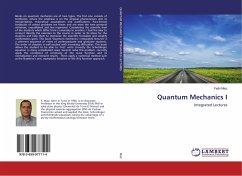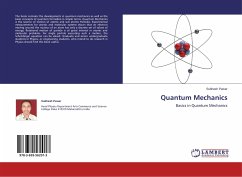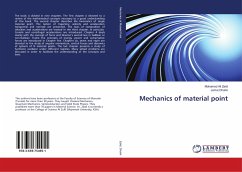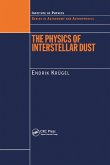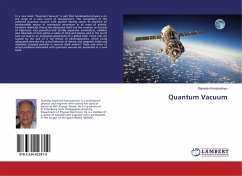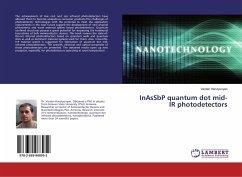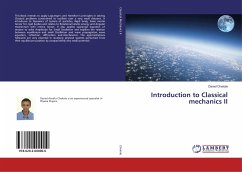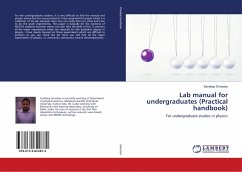Books on quantum mechanics are of two types. The first one consists of textbooks, where the emphasis is on the physical phenomenon and its interpretation, theoretical assumptions and justifications. Para-School textbooks of solved problems are fewer and are most the time personal initiatives, unpublished and less organized. Considering the scientific level of the students which differ from a university to another, I had the idea to connect directly the exercises to the course in order to fix ideas for the students and help them to memorize the scientific formalism and simplify mathematics spots. This book "Quantum mechanics I integrated lectures" is a coherent sequence of notes of undergraduate and graduate students. The order of chapters is well studied with increasing difficulties. This book allows the student to be able to: First: write correctly the Schrödinger equation in many complicated cases. Second: solve this problem, correctly apply the conditions of continuity of the wave function and its normalization and interpret results . Third: apply a numerical method such as the Numerov's one, asymptotic iteration or the Airy function approach.
Bitte wählen Sie Ihr Anliegen aus.
Rechnungen
Retourenschein anfordern
Bestellstatus
Storno

